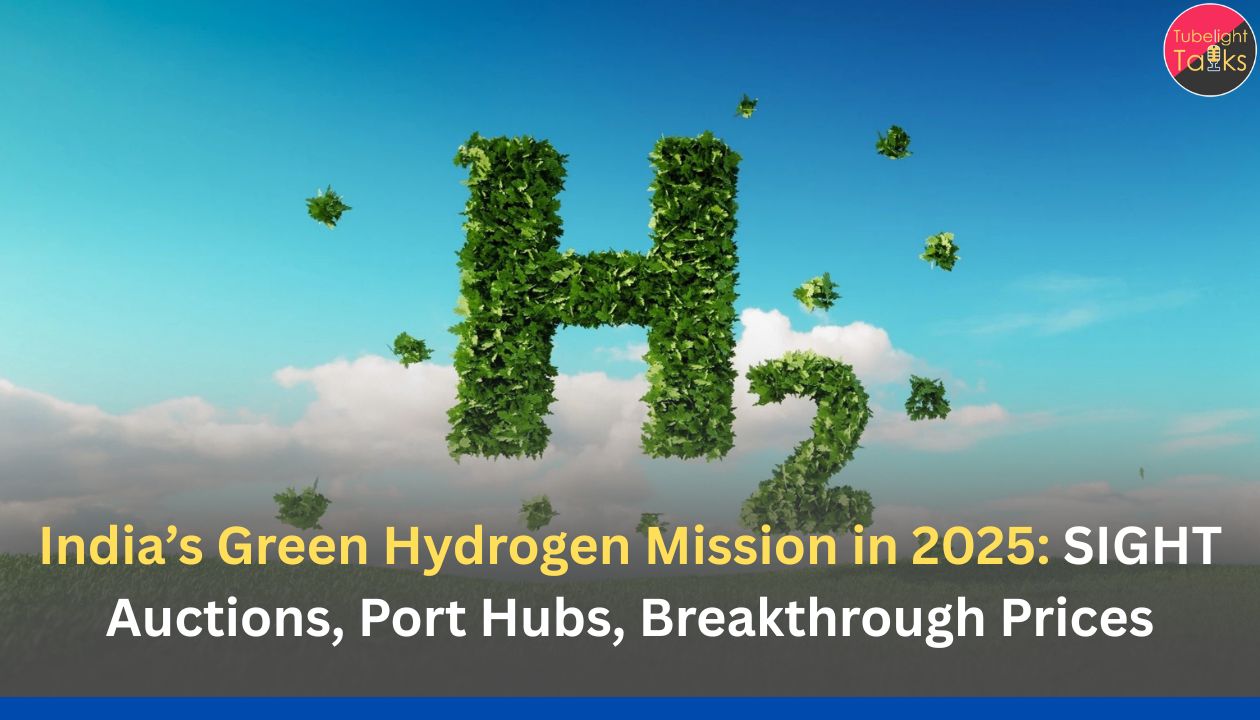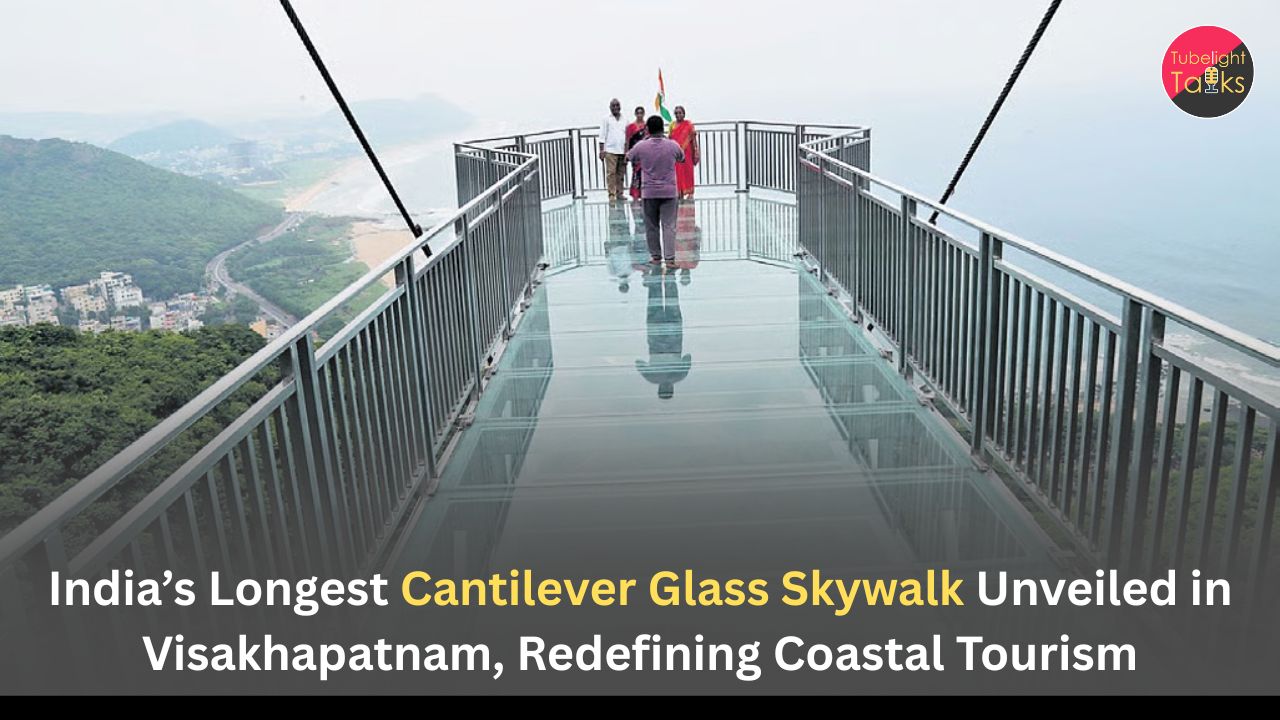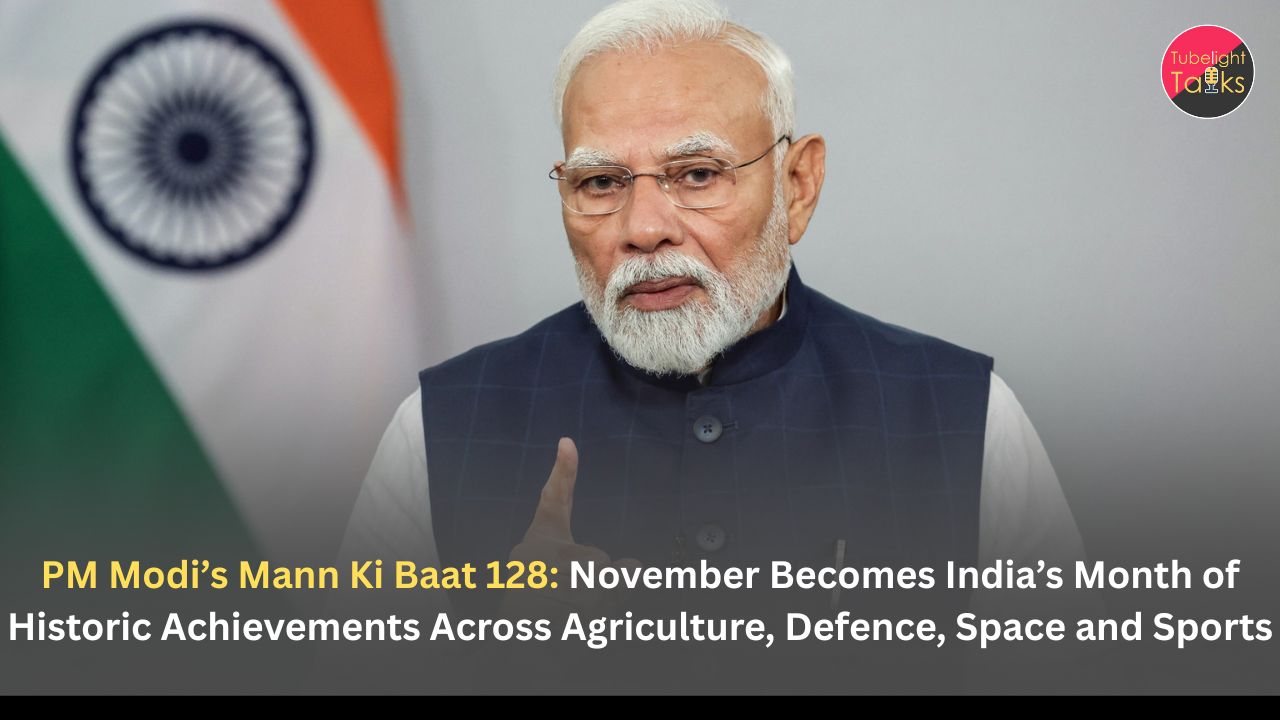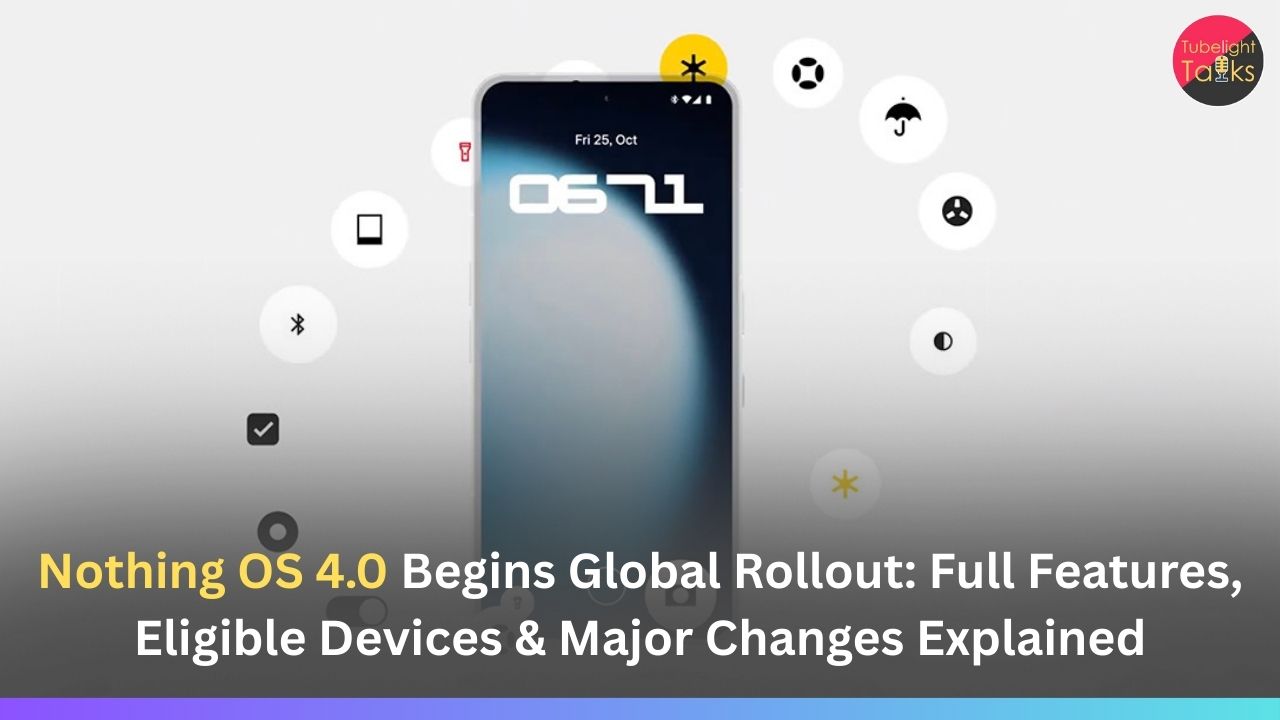India’s Green Hydrogen Mission shifted gears in 2025 from policy to execution. The Ministry of New & Renewable Energy (MNRE) and SECI delivered a price breakthrough of ₹55.75/kg for green ammonia in the first SIGHT auction, while Deendayal, V.O. Chidambaranar (VOC) and Paradip were formally recognised as Green Hydrogen Hubs to anchor demand, logistics, and bunkering.
The Mission’s headline target remains at least 5 MMT of green hydrogen per year by 2030—with an outlay of ₹19,744 crore, including ₹17,490 crore for SIGHT incentives. This guide brings you the official milestones, schemes, tenders, and a 30-day plan to act now.
What the National Green Hydrogen Mission Actually Commits To
The Union Cabinet cleared the Mission with an aim to make India a global hub for green hydrogen and derivatives (ammonia/methanol), decarbonise industry and mobility, reduce fossil imports, and build domestic manufacturing. By 2030, India targets ≥5 MMT/yr of green H₂, ~125 GW of associated RE capacity, ₹8 lakh crore investments, 6 lakh jobs, and ~50 MMT/year CO₂ abatement—all from official notes.
The Mission’s initial outlay is ₹19,744 crore, including ₹17,490 crore for SIGHT, ₹1,466 crore for pilots, ₹400 crore for R&D, and ₹388 crore for other components.
Mission artefacts you should bookmark
- Mission page (MNRE) with scheme architecture, outcomes, and updates.
- NGHM portal for consolidated documents, dashboards and notices.
- Hydrogen schemes & guidelines page (Electrolyser PLI Tranche-II, R&D, etc.).
2025 Milestone #1 — The Price Breakthrough (SIGHT, Mode: Green Ammonia)
On August 6, 2025, MNRE announced India’s first-ever offtake auction result for green ammonia under the National Green Hydrogen Mission, quoting a discovered price of ₹55.75/kg (vs ₹100.28/kg in 2024). This was conducted by SECI and represents a structural shift for long-term offtake economics in the fertiliser value chain. The MNRE/PIB press note underscores demand aggregation and 10-year contracts—critical for bankability.
“SECI conducts first-ever auction for procurement of Green Ammonia… India achieves ₹55.75/kg in SECI’s first auction vs ₹100.28/kg in 2024.”
What was tendered behind the scenes
SECI’s tender aggregated 724,000 tonnes per year of green ammonia across 13 fertiliser plants (SIGHT Mode 2A, Tranche-I), with SECI anchoring demand and signing long-term offtake agreements to provide market certainty. (Use SECI’s press release PDF for tender anatomy.)
2025 Milestone #2 – Three Major Ports Recognised as Green Hydrogen Hubs
On October 10, 2025, Deendayal (Kandla), V.O. Chidambaranar (Tuticorin), and Paradip were formally recognised as Green Hydrogen Hubs under the Mission—laying the foundation for pilots (production, fueling/bunkering), import/export logistics, and coastal shipping corridors. The Ministry of Ports’ PIB release is your authoritative source; public broadcasters reported the same.
Why ports matter
Hydrogen and derivatives are bulky to move but natural fits for maritime logistics (ammonia as a carrier & bunker fuel). Ports offer land, power, seawater intake, and anchor demand from shipping, refineries and fertiliser plants. Expect pilot projects (e.g., VOC Port’s green H₂ to power colony lighting/EV chargers; Kandla’s indigenous 1 MW plant) to scale into 10 MW+ platforms. (Use the broadcaster clippings for colour; anchor facts to PIB.)
2025 Milestone #3 – The Policy & Events Calendar
- ICGH 2025 (International Conference on Green Hydrogen) on Nov 11–12 at Bharat Mandapam: MNRE convened global stakeholders on standards, safety, and finance.
- Electrolyser PLI Tranche-II guidelines remain the core manufacturing lever; watch MNRE’s Hydrogen schemes portal for tranche updates.
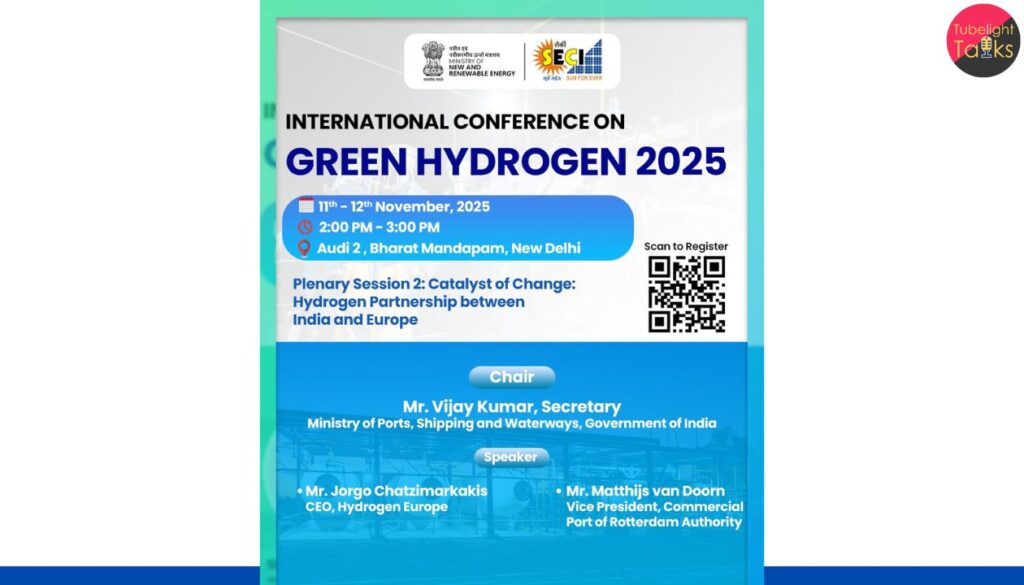
SIGHT in Plain English (and Which “Mode” You’re Likely In)
The Mission’s SIGHT (Strategic Interventions for Green Hydrogen Transition) programme provides demand-side offtake support and supply-side manufacturing incentives.
- Mode for Offtake (2A/2B): Tenor-based €/₹ per kg support for producers delivering green H₂ or green NH₃ to anchored users (fertiliser, refineries, shipping). The first auction we saw was green ammonia (Mode 2A) with ₹55.75/kg discovered.
- Electrolyser manufacturing incentives (Component I, Tranche-II): Production-linked support to scale GW-class electrolyser lines, with technology-agnostic panels (Alkaline/PEM/SOEC/Anion).
Key takeaway: Offtake visibility + electrolyser scale is how the Mission intends to compress delivered cost curves in India over 2025–30.
What the Targets Mean in Numbers
- ≥5 MMT/yr green hydrogen by 2030, enabling ~125 GW RE and ₹8 lakh crore of investment.
- Jobs: 6 lakh new opportunities across manufacturing, EPC, O&M, logistics.
- CO₂ abatement: ~50 MMT/yr when the system is at-steady.
These aren’t estimates from think tanks—they’re the Mission’s official headline outcomes.
Where Prices Are Heading – and Why the First Auction Matters
The ₹55.75/kg green ammonia signal suggests that blended costs (RE, electrolysers, financing, water, transport) can already be mobilised with bankable contracts. This is a public price from a government-run process, not a marketing claim—handy for CFOs building LCOH/LCOA models.
Caveats and sensitivities
- RE PPA prices and round-the-clock (RTC) supply affect utilisation and opex.
- Water (and desal) costs near ports matter.
- Capex cycles and any electrolyser PLI tranche timing influence levelised costs and delivery schedules.
- Logistics (ammonia storage, rail/pipe, jetty) now sit front-and-centre at port hubs.
(Use SECI tender and port-hub PIB as your authorities.)
Finance & Risk: What Lenders Will Ask You
- Offtake certainty: Ten-year contracts via SECI or similar public anchors reduce merchant risk.
- Availability guarantees: Electrolyser uptime and RE firmness (RTC or storage) drive EBITDA.
- Standards & tracking: Anticipate MRV (measurement, reporting, verification) and certificate of origin protocols aligned with Mission guidance and global norms (discussed at ICGH 2025).
- Permitting at ports: Early engagement with port authorities on land, water, power, HSE norms.
How Ports Will Orchestrate Demand
- Deendayal/Kandla: Large logistics base for fertiliser and energy—natural ammonia hub; a 1 MW indigenous plant is already commissioned, scaling to 10 MW.
- VOC (Tuticorin): Early pilot producing green hydrogen for streetlights and EV charging in the port colony; planned green methanol bunkering supports coastal corridors.
- Paradip: Refinery adjacency offers “brown-to-green” displacement opportunities in refining & chemicals. (Recognition as a hub is per PIB.)
Manufacturing: Electrolyser PLI and What to Watch
MNRE’s Electrolyser Manufacturing Tranche-II guidelines define eligibility, incentive rates, technology buckets, and timelines; check for RFPs/allocations on the Hydrogen schemes page. OEMs have indicated staggered commissioning depending on offtake ramp; the government maintains the 5 MMT target path. (For manufacturing timelines, rely on MNRE pages; treat news reports as context.)
Values in Action: Building Clean Energy with Clean Conduct
Transition stories are not just about molecules and megawatts; they are about how we work—fair contracts, on-time wages, safety, honest reporting. Ethics like truthfulness, non-exploitation, and responsibility make complex projects reliable.
Practical teachings of Sant Rampal Ji Maharaj that emphasise ideal behaviour for employers and employees and a “Way of Living” grounded in integrity can steady teams under pressure—whether you’re commissioning an electrolyser or writing a safety incident report. Readers who want a values-first lens on everyday conduct (at home and at work) can explore these accessible resources.
Also Read: Hydrogen Vehicles : The future of Clean Mobility
FAQs: India’s Green Hydrogen
Q1. What is India’s official green hydrogen target for 2030?
At least 5 MMT per year, backed by ~125 GW RE, ₹8 lakh crore investment, 6 lakh jobs, and ~50 MMT CO₂ abatement potential.
Q2. How big is the government outlay and what is SIGHT?
Mission outlay is ₹19,744 crore with ₹17,490 crore for SIGHT (demand- and supply-side incentives).
Q3. What price did India discover in its first green ammonia auction?
₹55.75/kg in SECI’s first offtake auction (2025), a step-change vs 2024 levels.
Q4. Which ports are recognised as Green Hydrogen Hubs?
Deendayal (Kandla), V.O. Chidambaranar (Tuticorin), and Paradip.
Q5. Where can I find official scheme guidelines?
MNRE’s Hydrogen schemes & guidelines page hosts Electrolyser PLI Tranche-II, R&D, and related documents.
Q6. Are electrolyser PLI projects on schedule?
MNRE maintains the 2030 target path; commissioning timelines are staged—always verify on the Hydrogen schemes page for tranche updates.
Q7. What events should I track for standards and finance?
ICGH 2025 (Nov 11–12) convenes global stakeholders on standards, safety and financing.






